
SDP 2021: Wireless technology critical to building dynamic port operations
Wireless connectivity is becoming an increasingly important area for ports as they look to meet fluctuating demand.
With the world’s vessel fleet getting larger, ports have had to adapt and make the way they handle cargo more flexible and dynamic as part of their wider supply chain strategy. Mobile networks such as 5G are being used to improve connectivity and help ports meet growing consumer demand and improve the place in customers’ logistics plans.
Speaking during the session titled ‘Enable Automation and AI with Wired and Wireless Connectivity’ at Smart Digital Ports of the Future 2021 (SDP 2021), Matthias Jablonowski, Head of Road and Maritimie, Nokia, said connectivity is become more important in major industrial hubs, particularly ports.
“Cargo volumes are becoming more dynamic,” he said, and calls from such vessels mean volatile and sometimes unpredictable traffic as ports have to handle more cargo but less often.
Jablonowski explained that the question for ports was to use “digital technologies to increase moves per hour” and “remove costs per move and become more efficient”.
Digitalisation is being looked at more and more by ports that want to make their operations more productive but there are differing views on which technologies work best and how ports should approach upgrading processes.
Karen Poulter, Head of Information Systems Department, Hutchison Ports UK, said the most important step ports should take is to look at use cases, as otherwise they risk not finding the solution that works for them.
“There is no limit to the technologies available and you could end up going down a rabbit warren,” Poulter said, before explaining that ports need to clarify what solutions they want and that there is no “one size fits all” set of products.
Jablonowski agreed and pointed out when Nokia first starts working with a container port or terminal it will determine what to provide by exploring exactly what the port wants in terms of throughput and productivity. He also explained that these specifications will differ between regions.
As ports are already complex ecosystems, implementing wireless technologies such as 5G can have numerous hurdles.
One of these is cybersecurity, according to Roch Muraine, Global Sales Director, Vertical Market, Transport, Alcatel-Lucent Enterprise, who also predicted that the port industry is at the beginning of a 5G revolution.
“It is important your technology integrates with your current infrastructure,” Muraine said, otherwise there is the risk of creating a “cybersecurity hole”.
Additionally, there are also challenges to implanting wireless technologies such as 5G.
“What we keep hearing is that reliability of wireless technology is the biggest challenge,” Jablonowski claimed, saying that the different fleets of machinery in a port could make communication difficult.
“Not only is a port a wide area but it is also a diverse one; there are lots of containers and moving metal, which don’t make for an ideal environment.
“Another [challenge] is the amount of equipment a port has. A port is a big area that requires a lot of wireless infrastructure.
“We are all in this learning curve, but we are also excited about 5G and we want to bring this technology to the world. Wireless connectivity and AI will create a new world for ports, we need to make it happen.”
https://www.porttechnology.org/news/sdp-2021-wireless-technology-critical-to-building-dynamic-port-operations/

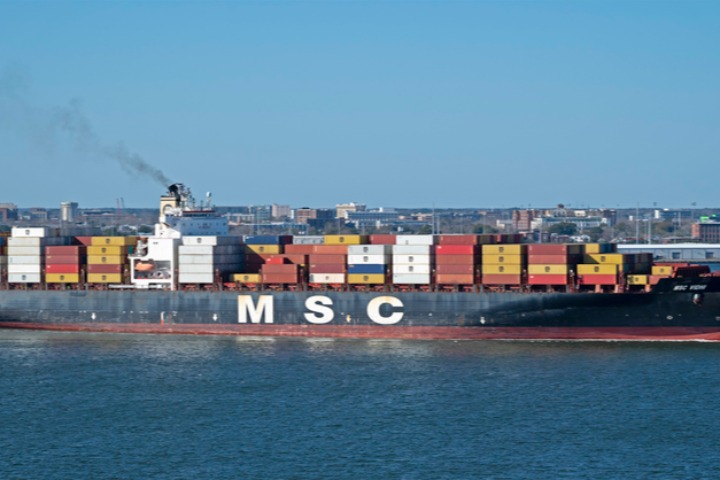
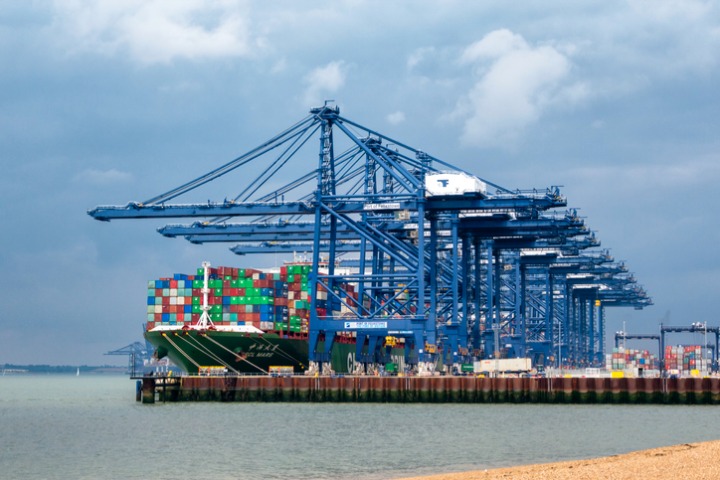
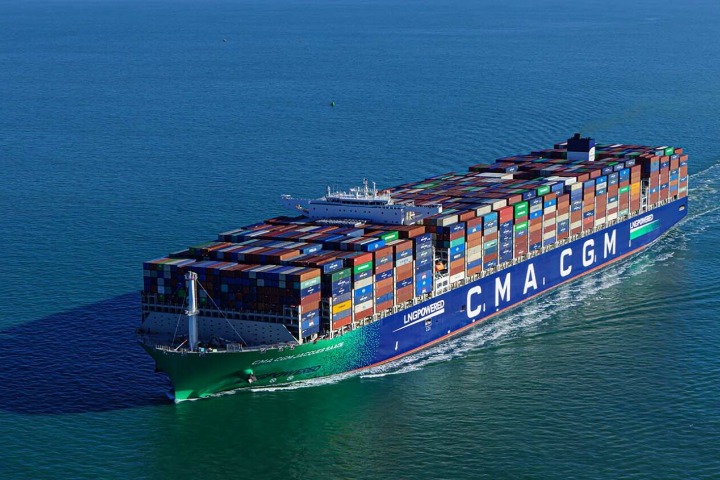
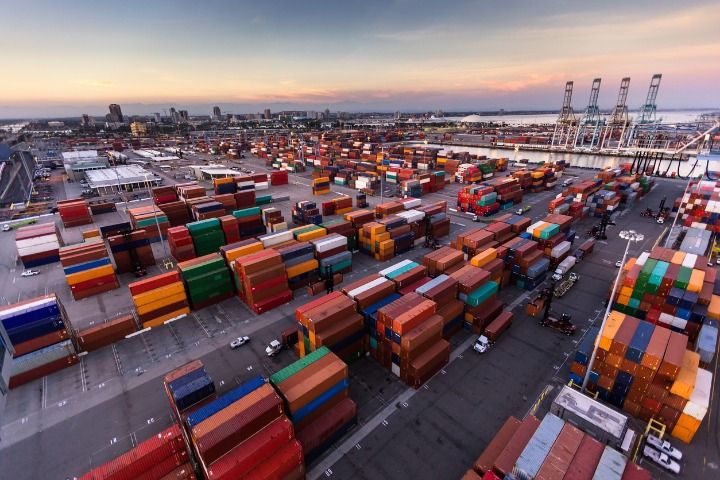
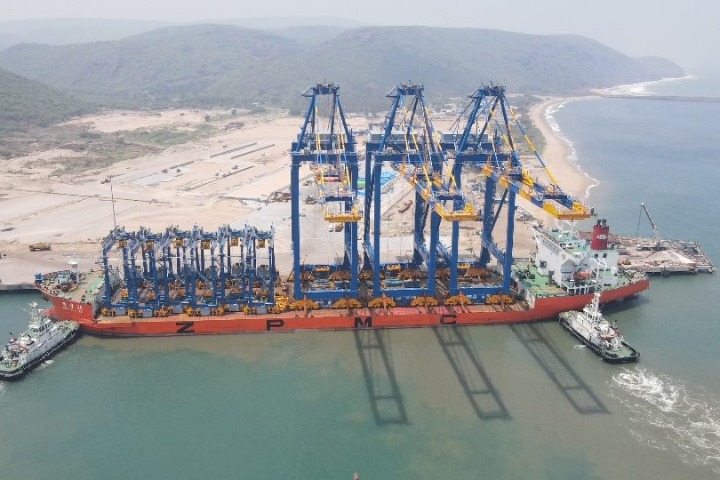
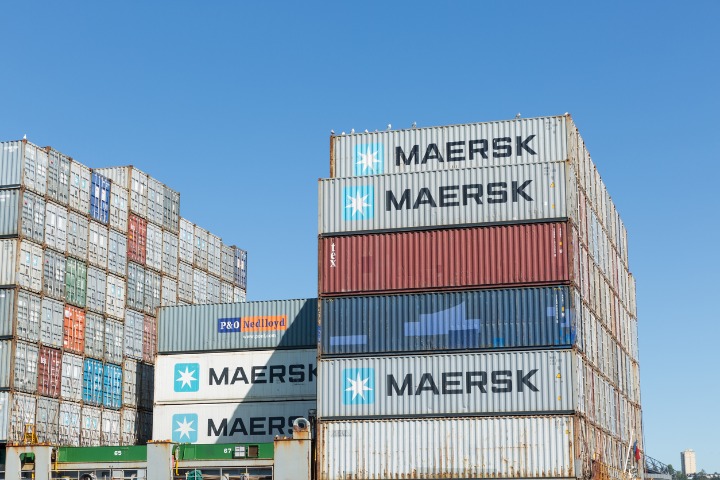
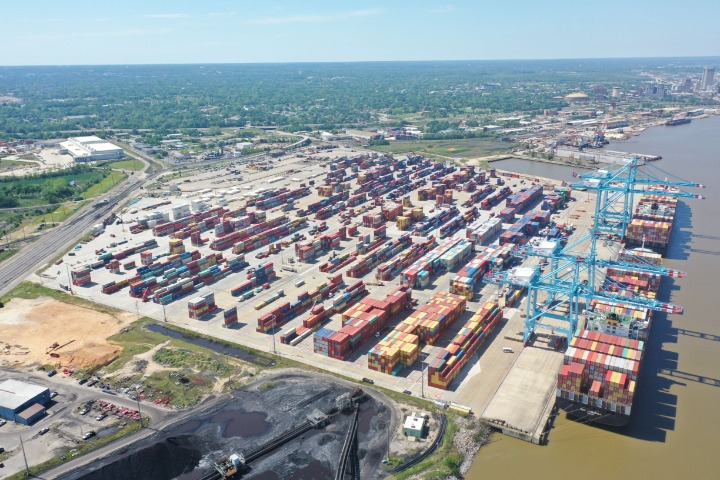
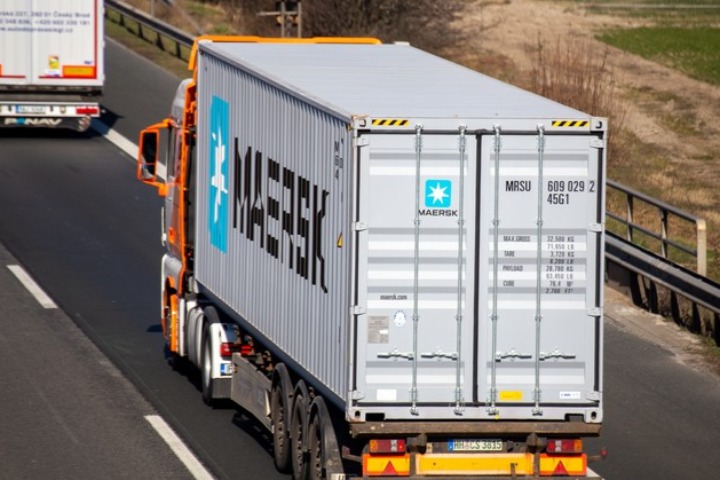

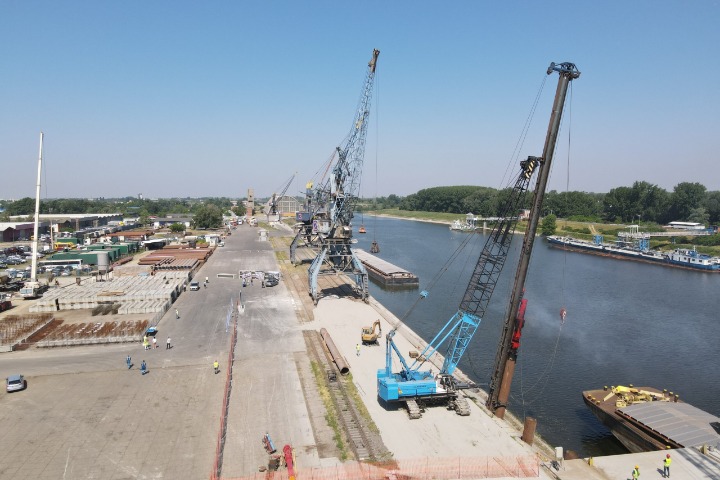













Comments